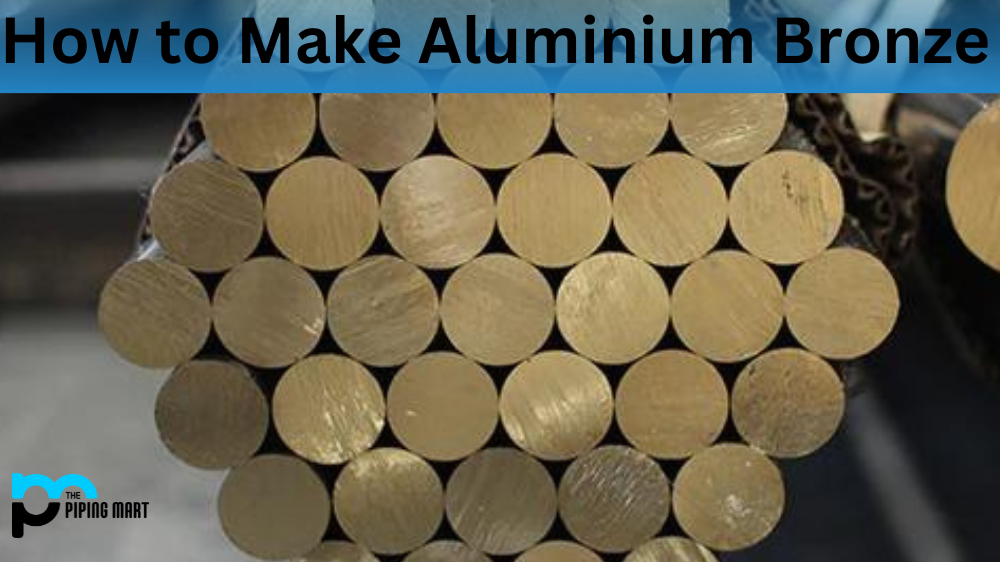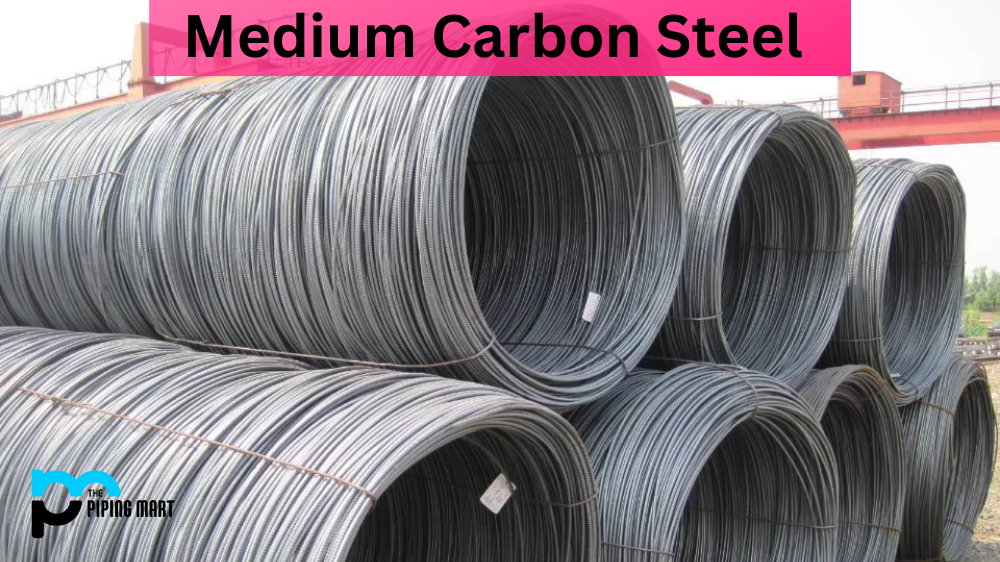If you’re in the metalworking industry, you’ve likely heard of Hastelloy. This type of alloy is a nickel-based superalloy that offers excellent corrosion resistance and strength at high temperatures. It’s especially popular for aerospace, chemical processing, and power generation applications. But how does it work? What are its benefits? Let’s take a closer look at Hastelloy’s composition, machining tips, chemical compatibility, and more.
What is Hastelloy?
Hastelloy is a ferrous alloy that has a unique ability to resist corrosion from both acidic and alkaline solutions. It was first developed in the 1950s by researchers at the William H. Welker Monel Alloys Company, and since then it has been widely used in a variety of applications due to its strength, durability, and excellent resistance to oxidation and corrosion. Hastelloy is especially useful in industries such as nuclear, chemical processing, engineering, aerospace, marine applications, automotive, and oil and gas extraction. This alloy is also temperature resistant which makes it suitable for extreme environments such as power plants or space-based equipment. Due to its versatility Hastelloy can be found in everything from hospital equipment to jet engines making it an incredibly valuable industrial resource.
Hastelloy properties
- Hastelloy is a nickel-based alloy that exhibits excellent resistance to corrosion and high temperatures.
- The composition of Hastelloy includes nickel, molybdenum, chromium, tungsten, and cobalt.
- Hastelloy is available in a variety of forms, including plate, sheet, bar, tubing, and forgings.
- Excellent corrosion resistance
- Density: 8.89 g/cm3
- Melting Range: 1323-13710C
- Tensile Strength: 690 to 783 MPa
- Hastelloy is used in a variety of applications, including chemical processing, oil and gas production, power generation, and aerospace.
- Hastelloy exhibits excellent resistance to both corrosion and high temperatures.
- The high nickel content of Hastelloy provides good resistance to chloride-induced stress corrosion cracking.
- The molybdenum content of Hastelloy provides good resistance to pitting and crevice corrosion.
- The chromium content of Hastelloy provides good resistance to oxidation at high temperatures
Hastelloy Composition
Hastelloy comprises nickel-chromium-molybdenum alloys (and other elements) that can be molded into various shapes for different needs. The exact composition depends on the grade of Hastelloy being used, for instance, Hastelloy X is composed primarily of iron, chromium, molybdenum, tungsten, and cobalt, while Hastelloy C276 consists mostly of nickel and molybdenum with trace amounts of chromium and iron.
Hastelloy Alloy Types and Grades
- B-type Hastelloy materials
- C-type Hastelloy materials
- Hastelloy G-types
- Hastelloy X, and
- Hastelloy N
Machining Hastelloy
Due to its hardness and toughness, machining Hastelloy can be tricky but not impossible. To get a successful finished product without damaging your machinery or tools in the process requires following best practices when working with Hastelloy. Start by using sharp cutting tools to minimize friction buildup during machining; this helps prevent tool wear as well as part damage from heat buildup. Make sure your cutting fluid has an effective lubricating property, too—it should be able to handle high temperatures as well as keep the parts cool during machining. Furthermore, use low feeds and speeds with lightweight cuts to maintain control over your cut quality and reduce vibration in the machine bed or tooling system. Keep your cutting tools sharp throughout the process by regularly inspecting them for signs of wear or damage before every new job run.
Hastelloy Uses
- Geothermal
- Mining
- Solar Power
- Biomass
- Sea-Water
- Petrochemical
- LNG
- Aerospace
- Water Desalination
- Paper and Pulp, etc
Hastelloy Chemical Compatibility
Hastelloy is highly resistant to many corrosive chemicals due to its unique composition; however, it is important to check what chemicals it can come into contact with in order to avoid any potential damage occurring from incorrect usage or storage conditions. Generally speaking, Hastelloy is compatible with most acids (except hydrofluoric acid), alkalis, oxidizing agents such as nitric acid and hypochlorite solutions—just make sure you check the specific grade of Hastelloy you are using since each one may have different levels of resistance depending on its composition/grade number.
Additionally, even if two grades are compatible with a certain chemical solution, they may still react differently due to differences in their compositions, so always double-check before using them together in any application!
Conclusion
In summary, Hastelloy is an incredibly versatile material that offers unmatched strength, durability, and corrosion resistance when used correctly in industrial applications such as aerospace engineering or power generation systems. Its composition varies slightly depending on the grade but typically consists primarily of nickel, chromium-molybdenum, tungsten cobalt, or iron. When machining this material, it’s important to use sharp cutting tools, lubricants, coolant fluids, low feed speeds, lightweight cuts, regular inspections for tool wear, etc. Finally, because each grade has different levels of chemical compatibility, make sure you always double-check before coming into contact with any hazardous substances. When used correctly, this amazing metal will provide years worth of reliable service!

Pipingmart is B2B portal specializes in industrial, metal and piping products. Also, share latest information and news related to products, materials and different types grades to help business dealing in this industry.




